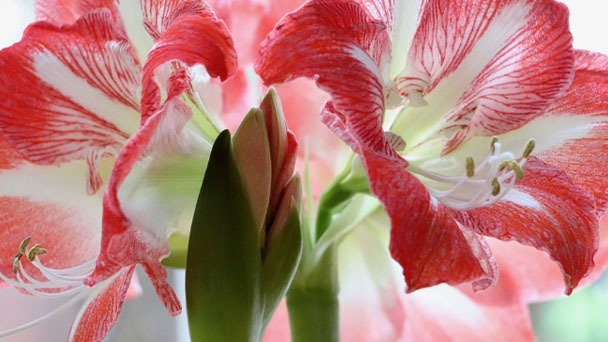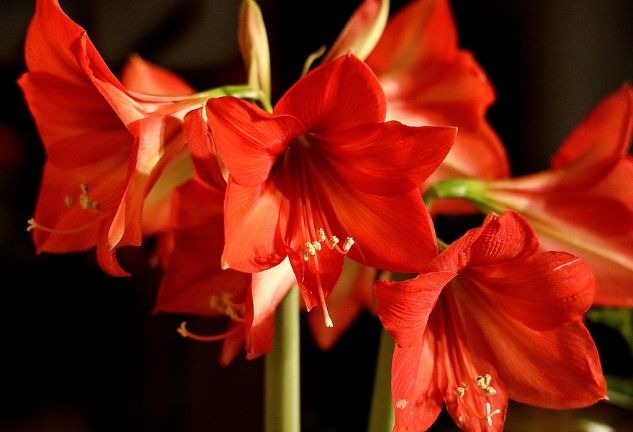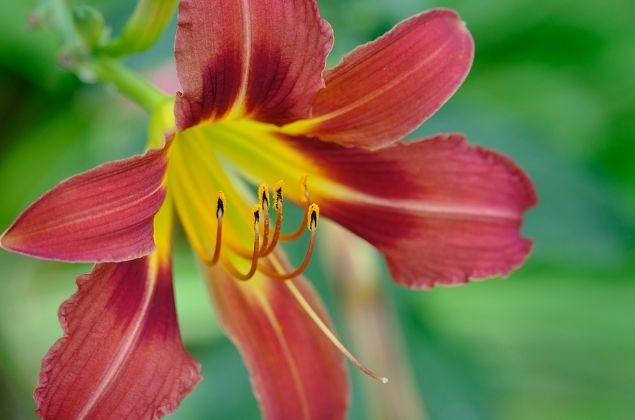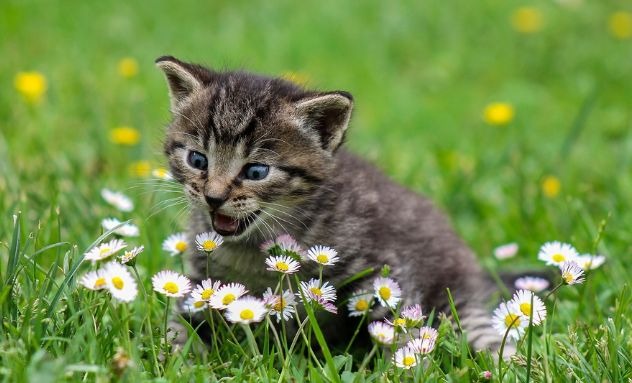Is Amaryllis Poisonous To Cats -Which Part is Toxic
Written by Ivy
Jan 07 2023

Both cats and dogs are thought to be toxic to amaryllis. In addition, despite having a mild to moderate level of toxicity, these flowers ought to be kept away from your cat. Continue reading to find out more about the effects of amaryllis on cats, as well as how to recognize the symptoms of amaryllis poisoning and how to treat it.
Are Amaryllis Poisonous to Cats?
Amaryllis is deemed toxic to cats and dogs by the ASPCA. Although less harmful than lilies, amaryllis can still make your furry friend very ill if consumed.
This reaction in cats is brought on by the toxin lycorine. Amaryllidaceae plant species frequently contain the alkaloid lycorine. Every component of an amaryllis, including the stem, leaves, and petals, contains lycorine. But because the plant's bulb contains the highest concentration of the chemical, it is also the most hazardous.
Amaryllis flowers have been known to cause mouth damage in pets, according to the Pet Poison Helpline. Amaryllis contain sharp calcium oxalate crystals that, like those in daffodils, can irritate the lips, gums, and tongue if swallowed. Keep an eye out for your pet's mouth-pawing and excessive drooling.

What is Amaryllis?
In the US, amaryllis are frequently offered for winter blooming. It is a member of the Liliacea family, and has toxic effects similar to flowers found in the Narcissus group. Numerous other names for this flower include Belladonna lily, Naked Lady, Saint Joseph lily, and Cape Belladonna.
From a planted bulb, amaryllis usually produces two stems measuring 12 to 20 inches. Two trumpet-shaped flowers in a range of hues, including red, pink, orange, and salmon, are produced by each of the bulbs.
What Makes Amaryllis Poisonous to Cats?
Numerous toxic substances are found in amaryllis. Cats should avoid eating any part of the plant, including the flowers, leaves, stems, and bulbs. Lycorine, an alkaloid also present in closely related plants like the daffodil, is one of these poisonous ingredients.
Other poisonous alkaloids from the same family as Lycorine are also present in the plant, and its bulbs are also home to raphide calcium oxalate crystals, another dangerous substance.
What Are the Signs of Amaryllis Poisoning in Cats?
How much and what part of the plant your cat consumed are the two main determinants of the severity of amaryllis poisoning. If you suspect your cat has helped herself to a generous serving of amaryllis, be on the lookout for the following signs:
- Vomiting
- Diarrhea
- Abdominal pain
- Excessive drooling
- Loss of appetite
- Lethargy
- Depression
- Tremors
- Low blood pressure
- Respiratory depression
What to Do If Your Cat Has Eaten An Amaryllis
First of all, try not to panic; amaryllis poisoning rarely results in a cat's death. And the chances of your pet making a full recovery—even without veterinary help—are incredibly high, provided that she doesn't consume a sizable amount of the flower. Remove any plant matter you notice in your cat's mouth or fur if you catch her doing it.
Call your veterinarian after that. It's best to speak with a specialist even though you might be able to avoid going to the clinic. If your cat does end up needing treatment, the sooner it begins, the better.
If you can, let your vet know what portion of the amaryllis your cat ate and how much. Bring a sample of the plant into the clinic, or even better, your vet can assess the plant's toxicity for you. Use your phone to take a quick photo instead.
Your veterinarian may use a drug to induce vomiting to treat amaryllis poisoning. According to PetMD, activated charcoal can be used to help your cat's digestive system process the toxins. Your cat might need intravenous fluids to prevent dehydration if she has been vomiting a lot.

What If I Have Amaryllis in My Home Or Garden?
Amaryllis may already be growing in your garden or house, of course. Can you enjoy these lovely blooms while also protecting your cat?
Of course you can; just be careful.
Your best bet is to regift an amaryllis bouquet if you received one. However, if you'd rather keep your flowers, make sure your cat cannot access them. Aware that cats are adept jumpers, keep amaryllis and other toxic plants out of the reach of your pet. Put them up high or in a room that your cat cannot access.
Always keep an eye on your cat while it's outside if you have amaryllis in your garden. You can erect fencing or netting to keep her away from poisonous flowers. Another safe and typically effective deterrent is a motion-sensor sprinkler. If you want to keep your cat from being drawn to poisonous plants, you might think about planting catnip or cat grass.
It might be time to swap out your amaryllis for something a little more cat-friendly, like roses or Gerbera daisies, if your cat has a penchant for trying new foods.
Cat-friendly Alternatives to Amaryllis
It's crucial to stick with plants that are safe for your feline friend if you're planning to create a new garden. Here are some cat-approved options that will add a beautiful touch to your outdoor space:
- Gerbera Daisy
- Orchid
- Rose
- Spring crocus
- Snapdragon
- Limonium
- Waxflower
- Statice
- Freesia
- Sunflower
- Zinnia
- Bromeliads
- Lipstick plant
- Burro's tail

Conclusion
Amaryllis can add a vibrant pop of color to your house during the lengthy, gloomy winter months. But cats may be adversely affected by this plant in some ways. If eaten, even the bare, un-sprouted bulbs are toxic. To help you fight the winter blues, look for a plant that is safer and has a dash of beauty. For people who adore both cats and plants, life can become challenging. beautiful flowers and feisty cats, however, can coexist peacefully if you do your research and take the necessary precautions.
Latest Updated
- Benefits of Bugleweed - 7 Science-backed Health Benefits
- Bugleweed Dangers & Side Effects - Is It Poisonous?
- How to Plant Evergreen Trees - What You Should Know
- When to Plant Evergreens - Grow Guide for Evergreen Trees
- 12 Wonderful Evergreen Shrubs for Your Garden
- 12 Popular Evergreen Plants with Pictures for Beginners
- When And How To Prune A Lilac Bush Like a Pro
- How to Grow & Care for Lilac Vine (Hardenbergia Violacea)
- Japanese Lilac Tree (Syringa Reticulata) Care & Propagation Guide
- Shumard Oak Pros and Cons - What to Know
Popular Articles
- Winter maintenance of Antirrhinum Majus
- How to Grow Terminalia Mantaly Tree
- How to Grow and Care for Crossostephium Chinense
- How to grow Antirrhinum Majus in spring
- Peristeria Elata (Dove Orchid) Profile: Info & Care Guide
- Underwatered Snake Plant (Sansevieria Trifasciata) - Signs And How To Fix
- How to Care for Brazilian Jasmine Plant (Mandevilla Sanderi)
- How to Grow & Care for Graptopetalum Purple Delight in Summer
- Rosa Chinensis (China Rose): Plant Growing & Care Tips
- How to Care for Baby Sun Rose (Aptenia Cordifolia)